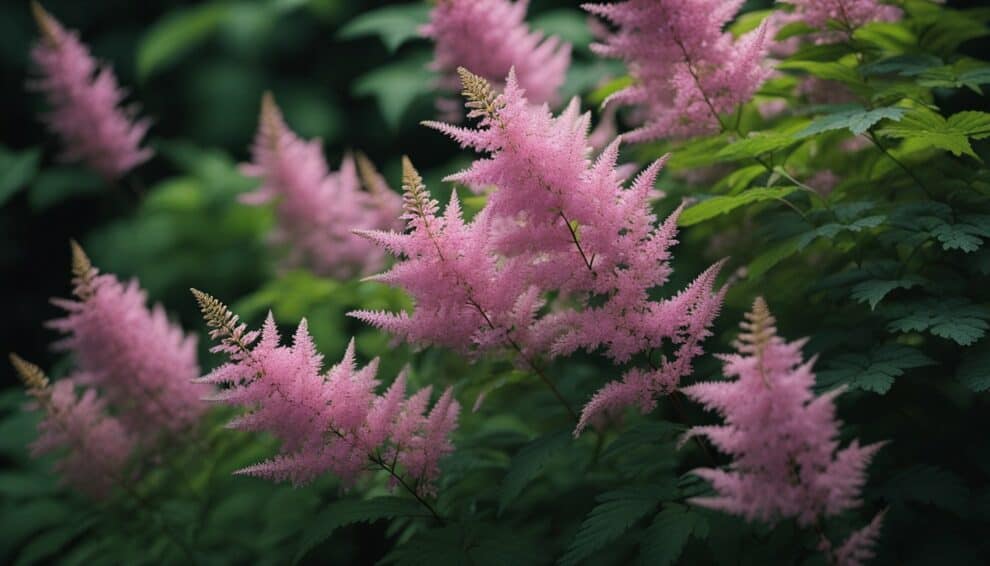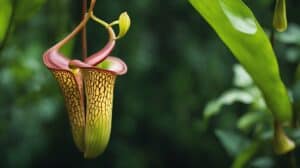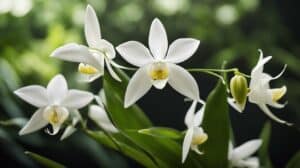Astilbe Chinensis is a beautiful and popular plant that is commonly used in gardens and landscapes.
It is known for its feathered blooms that add a touch of elegance and grace to any shady spot.
This plant is native to China and Korea and has become a favorite among gardeners due to its ease of care and versatility.

The Astilbe Chinensis plant is a perennial that thrives in moist, well-drained soil and partial to full shade.
It grows up to 2-3 feet tall and produces feathery plumes of flowers in shades of pink, red, white, and lavender.
These blooms are a favorite among hummingbirds and butterflies and add a pop of color to any garden or landscape.
Whether you are looking to add some feathered flair to your shady garden or want to create a stunning landscape, Astilbe Chinensis is a great choice.
With its easy care and beautiful blooms, this plant is sure to be a favorite among gardeners for years to come.
Understanding Astilbe Chinensis

Botanical Profile
Astilbe Chinensis, commonly known as Chinese Astilbe, is a herbaceous perennial plant that belongs to the Saxifragaceae family.
It is native to China, Korea, and Japan and is widely cultivated for its beautiful and feathery flower spikes.
The plant typically grows to a height of 1-3 feet and has a spread of 1-2 feet.
The foliage is deeply lobed and dark green in color, and the flowers are borne on tall, erect stems that rise above the foliage.
Astilbe Chinensis is a shade-loving plant and prefers moist, well-drained soil.
It is hardy in USDA zones 4-9 and can be grown in a variety of garden settings, including borders, rock gardens, and woodland gardens.
The plant is also a popular choice for cut flower arrangements.
Varieties and Characteristics
There are several varieties of Astilbe Chinensis, each with its unique characteristics. Some of the most popular varieties include:
-
Pumila: This variety is a dwarf form of Astilbe Chinensis, growing to a height of only 6-8 inches.
It has deep pink flowers and is ideal for small gardens or rock gardens.
-
Vision in Pink: This variety has bright pink flowers and grows to a height of 18-24 inches.
It is a late bloomer and is ideal for extending the flowering season in the garden.
-
Purple Candles: This variety has deep purple flowers and grows to a height of 24-30 inches.
It is a vigorous grower and is ideal for adding height and drama to the garden.
Astilbe Chinensis is a low-maintenance plant and requires little care once established.
It is tolerant of deer and rabbit browsing and is relatively pest-free.
However, the plant can be susceptible to fungal diseases if grown in poorly drained soil or in areas with high humidity.
Overall, Astilbe Chinensis is an excellent choice for adding feathered flair to shady spots in the garden.
With its beautiful foliage and stunning flower spikes, it is sure to be a standout in any garden setting.
Cultivation Tips

Soil Requirements
Astilbe Chinensis prefers well-draining soil that is rich in organic matter. The soil should have a pH between 6.0 and 7.0.
Before planting, it is recommended to amend the soil with compost or well-rotted manure. This will help retain moisture and provide nutrients for the plant.
Astilbe Chinensis does not tolerate dry or compacted soil, so make sure to choose a planting location that drains well.
Light and Watering Needs
Astilbe Chinensis prefers partial to full shade. It can tolerate some morning sun, but direct afternoon sun can scorch the leaves.
The plant requires consistent moisture, so it is important to keep the soil moist but not waterlogged.
During periods of drought, the plant may wilt and require additional watering.
Mulching around the base of the plant can help retain moisture and regulate soil temperature.
Fertilization and Maintenance
Astilbe Chinensis benefits from regular fertilization to promote healthy growth and vibrant blooms.
A balanced fertilizer with equal parts nitrogen, phosphorus, and potassium can be applied in the spring and mid-summer.
Deadheading spent blooms can encourage the plant to produce more flowers. In the fall, cut back the foliage to the ground.
This will help prevent disease and prepare the plant for winter dormancy.
Designing with Astilbe Chinensis

Astilbe Chinensis is a versatile plant that can add feathered flair to any shady spot in a garden.
Here are some tips on designing with Astilbe Chinensis.
Companion Planting
Astilbe Chinensis can be paired with a variety of plants to create a stunning garden. Some great companion plants for Astilbe Chinensis include:
- Hostas: These shade-loving plants have a similar leaf texture to Astilbe Chinensis and come in a variety of colors.
- Ferns: Ferns add a delicate texture to a garden and can thrive in the same conditions as Astilbe Chinensis.
- Heucheras: These plants have colorful foliage that can complement the flowers of Astilbe Chinensis.
Landscape Uses
Astilbe Chinensis can be used in a variety of ways in a landscape design. Here are some ideas:
- Borders: Use Astilbe Chinensis to create a border along a shady pathway or garden bed.
- Mass Planting: Plant Astilbe Chinensis in groups to create a mass planting effect.
- Container Planting: Astilbe Chinensis can thrive in containers, making it a great option for a shady patio or balcony.
With its feathery plumes and lush foliage, Astilbe Chinensis is a great addition to any garden.
By pairing it with the right plants and using it in creative ways, you can create a stunning landscape design that will impress anyone who sees it.
Frequently Asked Questions

How do I care for Astilbe Chinensis in different seasons?
Astilbe Chinensis requires different care in different seasons.
In spring, it should be fertilized with a balanced fertilizer, and the soil should be kept moist.
In summer, it should be watered regularly to prevent it from drying out. In fall, it should be cut back after the first frost.
In winter, it should be left alone to go dormant.
What are the ideal growing conditions for Astilbe Chinensis?
Astilbe Chinensis prefers moist, well-drained soil that is rich in organic matter.
It also thrives in partial shade, although it can tolerate full sun if the soil is kept consistently moist.
Can Astilbe Chinensis thrive under trees and in deep shade?
Yes, Astilbe Chinensis can thrive in deep shade, including under trees. However, it may not bloom as well in deep shade as it would in partial shade.
What should I do if my Astilbe Chinensis gets too much sun?
If your Astilbe Chinensis gets too much sun, it may wilt and dry out.
Move it to a shadier spot, or provide shade by using a shade cloth or planting it under a tree.
When can I expect my Astilbe Chinensis to bloom?
Astilbe Chinensis typically blooms in mid to late summer, around July or August.
How much space does Astilbe Chinensis need to grow properly?
Astilbe Chinensis needs about 1 to 2 feet of space to grow properly. Plant them about 2 feet apart to allow room for growth and airflow.














